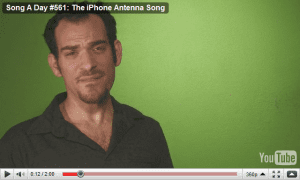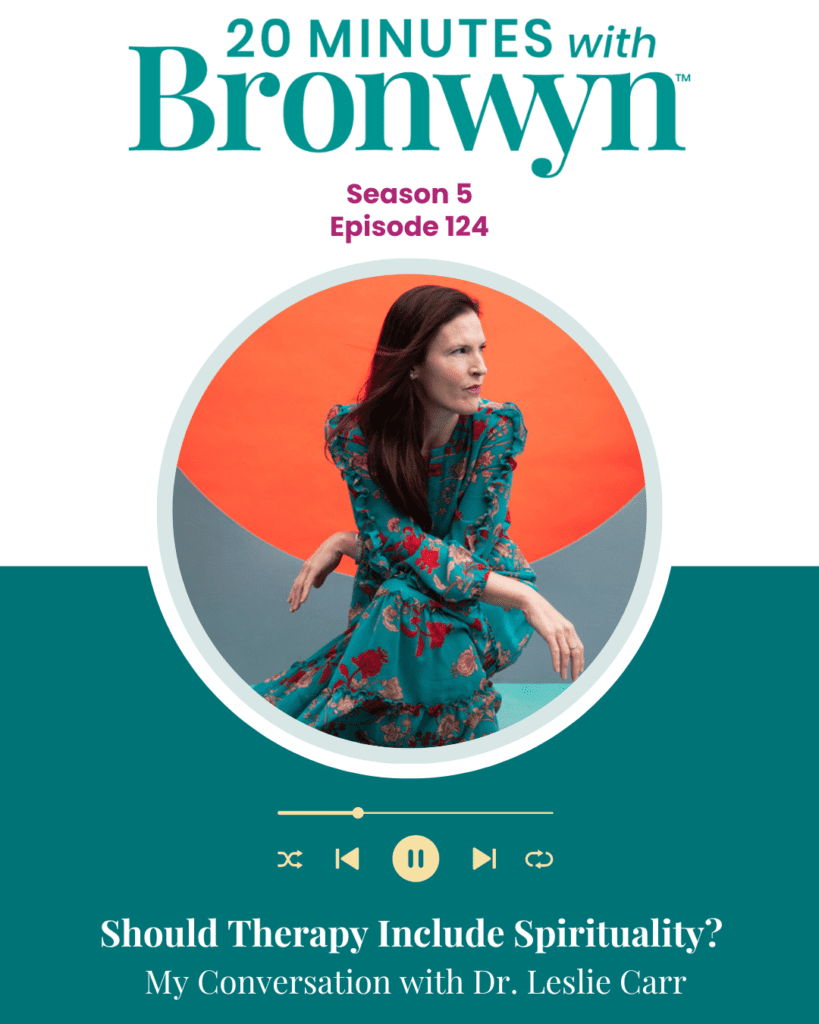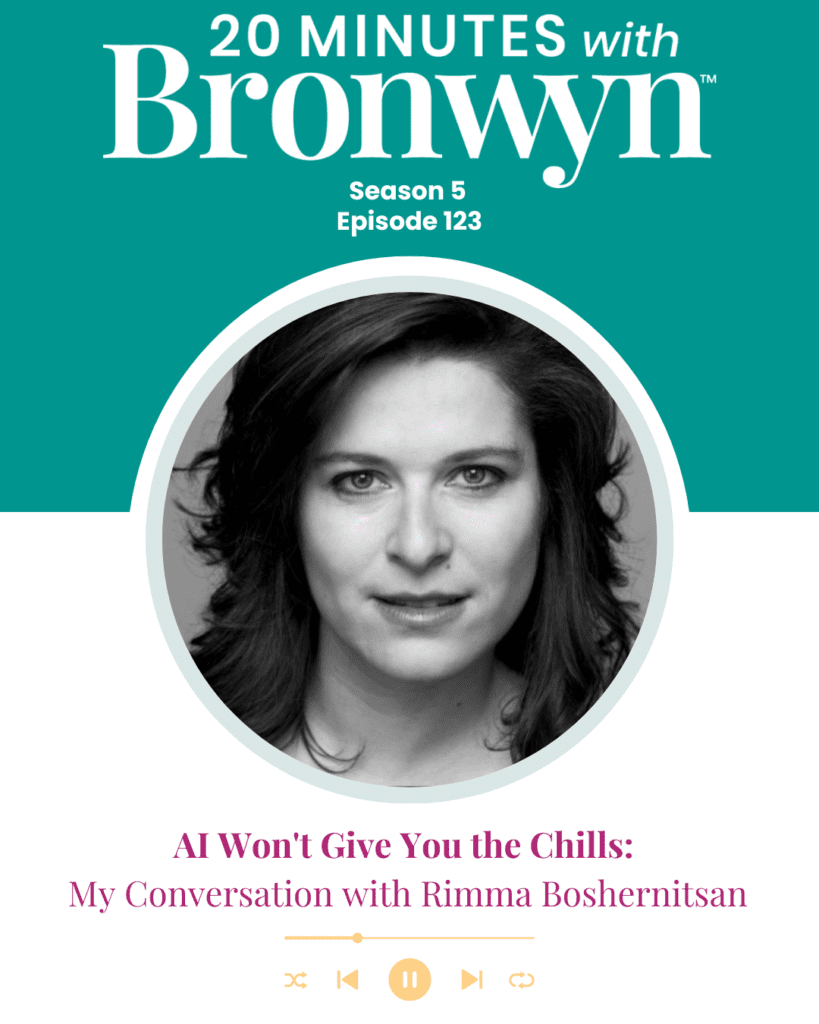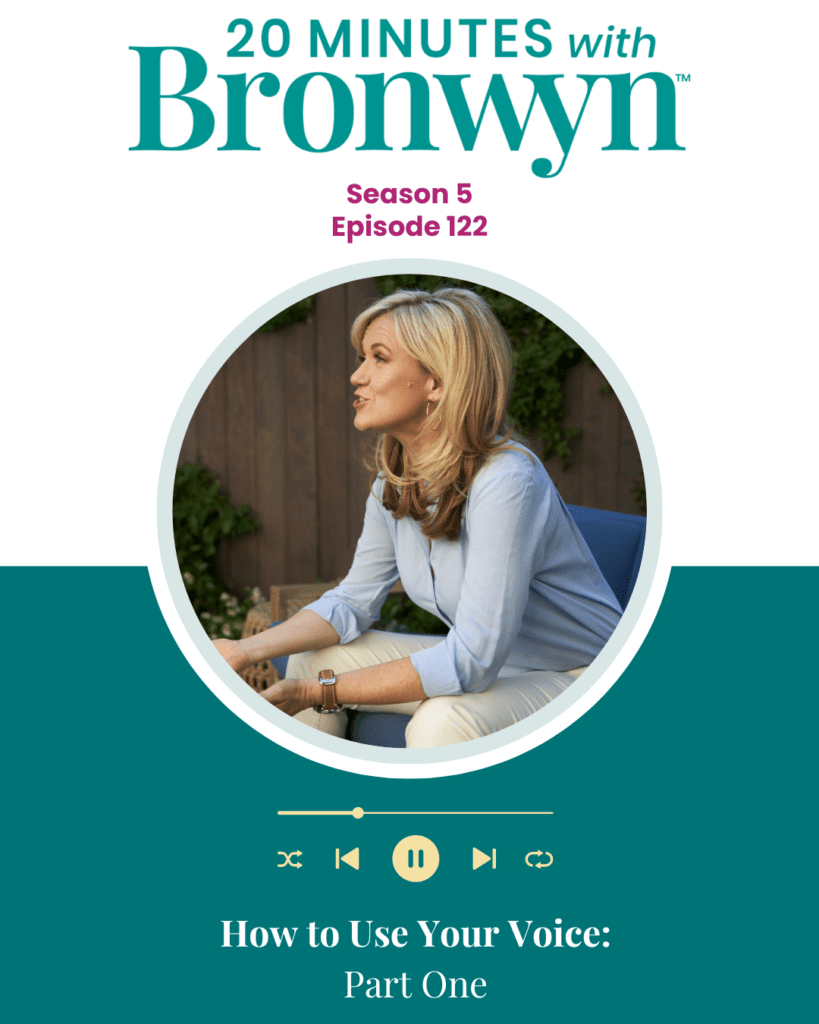From watching Gizmodo’s live blogging coverage from today’s event at Apple’s HQs, it seems that things went a little sideways. No, there were no technical glitches, or streakers across the stage, but somehow, the usually invincible presenter Steve Jobs struck a sour note with many of the folks in the room.
From the get-go, things weren’t exactly as they could have been. From what I undertand, Apple rolled the YouTube video The Antennae song as a warm up, just before the press conference began.
If you haven’t seen it, it is yet another video of an average looking white guy bustin’ some hip hop skills, and basically delivering the message that this antennae issue is really no big deal, and if you don’t like the iPhone 4, don’t buy it. If you bought and you don’t like it, return it.
Playing Defense
As anyone who is worked with me can tell you, my broken record message is this: “First, serve the needs of the audience.” Typically, when we see Steve take the stage, Apple’s needs and the audience’s needs are one and the same – everyone wants to get excited about the newest jewel in the Apple crown. And when those two needs are in alignment, Jobs soars as a communicator.
This morning, the needs of the audience – the press and consumers like me tuning into the live blog coverage – and the needs of the Apple executives were decidedly at odds. The Audience/Press needed to know a) what was causing the problem and b) what Apple was doing to fix it.
Apple’s needs were to a) defend themselves and b) show how few people were actually experiencing this service issue.
Which way did Steve take it? Unfortunately, he put the needs of Apple first. The result? He came off as defensive, and victim-like – why pick on us?? By the time he finally got around to proclaiming his love and concern for Apple customers, people were already pretty turned off.
The sad thing is that you would be hard pressed to find a CEO who cares more about his customers than Steve Jobs.
If Jobs had flipped the order of his comments, it would have made a big difference. Would it have been perfect? No. But it would have established that the consumer comes first, and that ONE devoted Apple customer affected by crappy service is one too many. By owning that, we the audience would have been far more open to hearing the logic behind the cause of the problems, and the relatively small impact it has had on the majority of users.
What can the rest of us learn?
For anyone in the media relations game, there is a very important lesson to be learned here. Never make someone else “wrong.” Steve Jobs made the press “wrong” for blowing the service issues out of proportion and for picking on Apple.
Whenever we make someone “wrong” we close down the lines of communication. Does it mean we can’t feel hurt or upset or angry? No. In fact, we have to give ourselves room to feel all of those things. But we need to avoid acting from those places, especially when we go on record in front of an audience.
What he could have done was consider this: While it is true that it must feel like Apple is under siege at times, it is also true that most press believe that their job is to look at/uncover controversy and expose the truth.
If Jobs had been able to see this as less a personal attack, and more a professional obligation on the part of the press, he might have been less defensive. It might have freed him up to first address the fact that Apple cares DEEPLY about any problems their customers experience. Then he could have gone into detail about the whys and the fixes.
Instead, it felt like, “It’s really not a big deal, but we’ll give you a free cover if that will make you happy.”
The beauty of learning this skill is that it extends into every human interaction we have. Try it and you’ll see. The next time your spouse blows up at you for something you don’t agree with, try putting aside your needs for a moment, and focus completely on understanding his/her perspective, and meeting that need. Chances are, your spouse will be more willing to hear your side of the story.
You may even get lucky.
















